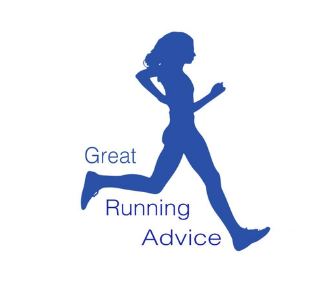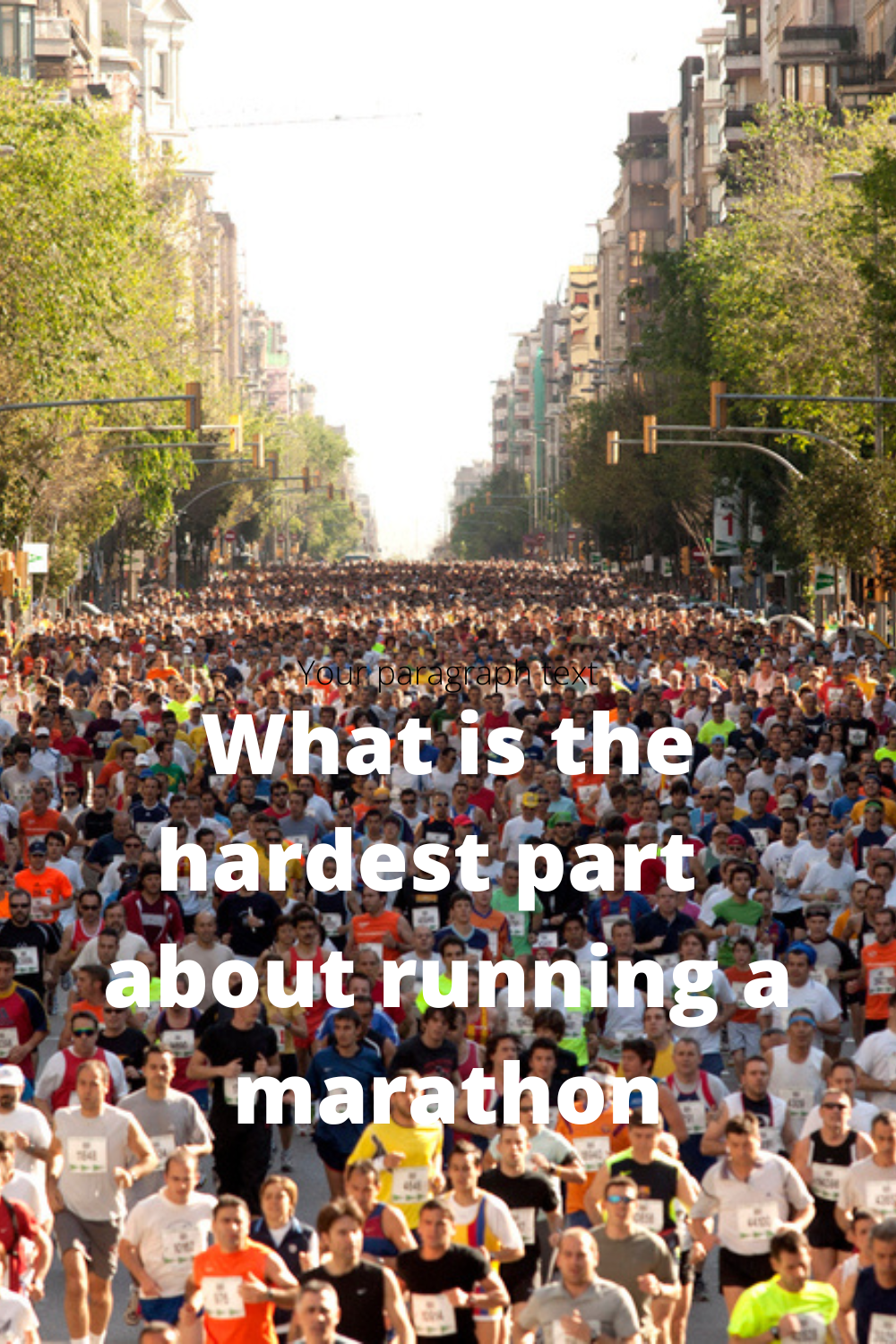I think running a marathon has become the norm, even more so after the covid pandemic. This is because so many people took up running when covid appeared as the gyms were closed, and in general, people were more comfortable being outside training than stuck inside with other people. But unfortunately, there is nothing easy about running a marathon. So I will now answer the following question what is the hardest part about running a marathon?
What Is The Hardest Part About Running A Marathon?
This is a tricky question, as the most challenging part about running a marathon varies from one runner to the next and what they each struggle with as a runner.
Some say the training is too hard as it involves each runner putting in so much time and effort before the big day of the marathon.
Others will say it is when you hit the wall when you are running; that usually happens around mile 20.
“In general, hitting the wall refers to depleting your stored glycogen and the feelings of fatigue and negativity that typically accompany it ” (Runnersworld)
Others say it is mind over matter, as when we are running our first marathon, we have generally never run that distance before, and suddenly the head can start telling you to stop, even though the body can continue.
Another thing runners say that is hard about running a marathon is getting to the start line injury free. Marathon training involves so much mileage that getting to the start line is hard without a few niggles.
Why Is Training For A Marathon So Hard?
First, training for a marathon is very hard on the body as it involves weeks of preparation to get your body to the start line where it can run 26.2miles.
Depending on your running experience and if you have run marathons previously, most runners will partake in a 16-week training plan. This will generally build the long run over the 16 weeks, starting at about 8 miles and reaching a minimum of 20 miles and a maximum of 22 miles. However, even after the training plan, there are still another 4 or 6 miles the body will not have run previously in training.
If you have never run a marathon and have only run a maximum of 10 km, you will probably end up following a 6month plan before your first marathon to get the mind and body used to running long distances.
It is essential when training not to overtrain as we will die on race day if we are overtrained. It is necessary to do long runs at an easy talkative pace because if we can’t talk, we run too fast. During long runs, it is no harm to run some miles at the pace we plan on running on race day if we know our pace; if not, don’t worry about it. Do speed runs at a fast pace and tempo runs at a pace where we can run consistently.
When we are training to listen to our bodies, if we are feeling an injury, pull back on the mileage as we want to get to the start line.
What Is The Importance Of Hydration And Carbo-loading For A Marathon?
Hydration and carbo-loading are essential in the run-up to the marathon. Also, when we are training, it is imperative that we are correctly hydrating and feeding our bodies.
As we will be running 26 miles, it is essential to have a drink and energy plan in place before the big day. It is also vital that we have used this plan during our long training runs and that we are not trying anything new on race day. The more you sweat, the more hydration you need.
Water-based energy gels are the best way to hydrate and fuel the body as they are easy to take while running, be careful which energy gels you use as some have caffeine in them. Caffeine does not always agree with everybody’s stomach when you are running. If you have too many caffeine energy gels, you may run for the toilet, throwing your whole marathon off plan.
There will be water stops about every 5km; some will also have isotonic drinks, which is another excellent way to replace the carbs we are burning.
Some runners will eat jelly sweets during the marathon as they will get a sugar hit.
Salt tablets are another option to take every 30 minutes as these will help replace the salt we lose when sweating.
In the week before the marathon, we should try to drink at least 3 liters of water daily. Then, in the 48 to 72 hours, we have to carb load our body, where we eat a carbohydrate-heavy diet so that our bodies will have carb storage for the day when we start using our glycogen reserves. It is not possible to do this in one meal. That’s the reason we do it over 48 to 72 hours.
What Is The Hardest Mile In A Marathon?
The most brutal mile in a marathon varies from miles 18 to 23 as every runner is different, their training is different, and their mindset is different. However, runners generally hit the wall around mile 20, when finishing the marathon becomes hard. Hitting the wall happens when we have depleted our stores of glycogen, resulting in tiredness.
When we have used our glycogen stores, our body automatically will slow down as our body is then converting our fat storage to energy which is a slower process, which results in us having less energy and just starting to slow down.
We will be able to run at a pretty consistent pace until we hit the wall. After this, our pace will slow down for a few miles, and then we may be able to pick it again in the last mile or two when we know we have nearly reached the end.
When we hit the wall, we feel aches and pains where they don’t even exist.
It is at this stage that mind over matter needs to kick in. We have to be able to talk ourselves out of stopping with positive mantras,
We have come so far; only a few miles left
I have done all the training I can’t stop now
I know I can finish this.
It is also worth concentrating on your form at this stage as it will take your mind off the distance left to the finish.
And the most significant thing that we can do for ourselves as runners is:
BELIEVE IN YOURSELF
Final Thoughts
I hope you now have a much greater understanding of what is the hardest part of running a marathon. It varies so much from runner to runner as each runner is an individual. Unfortunately, even though there may be thousands of people running, running is a very lonely place as you are running with just your thoughts and dreams. Unfortunately, they don’t always work out, but with the proper training, hydration, carbo-loading, and mindset, we have put our bodies in the best place for running a marathon. Please comment below with any suggestions regarding marathon running.

